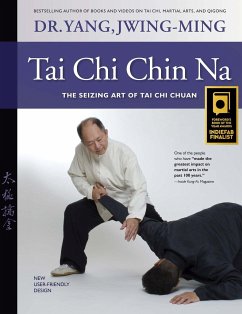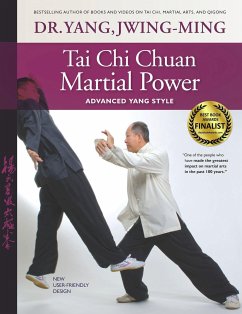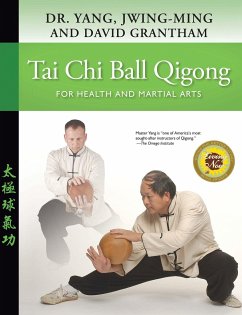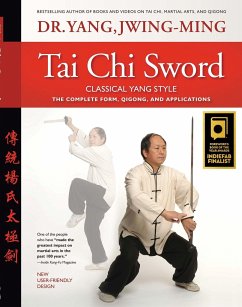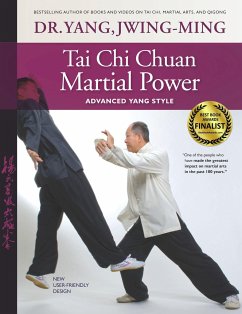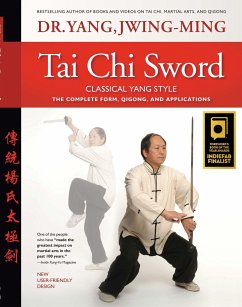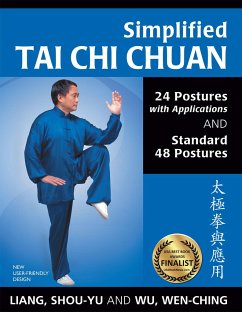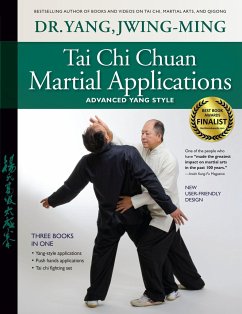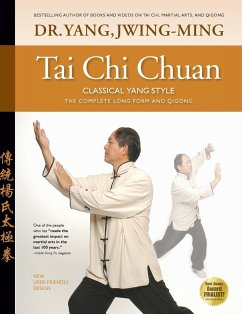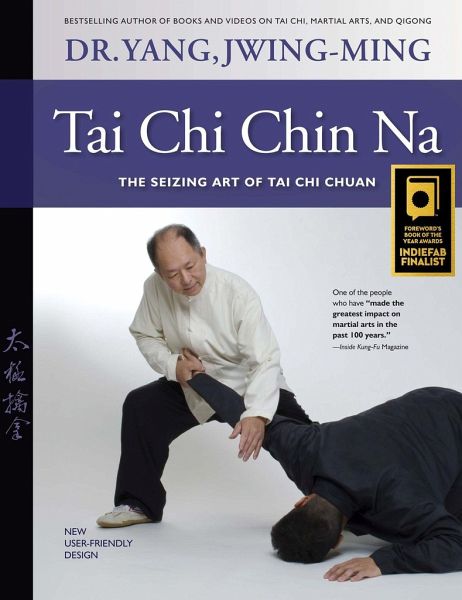
Tai CHI Chin Na
The Seizing Art of Tai CHI Chuan

PAYBACK Punkte
15 °P sammeln!
Helps you learn control and restraint techniques that reduce injury to your opponent. This book includes a modern, easy-to-follow layout; each movement is presented in 4-6 large photographs with lucid instructions on how to perform them; uses close-ups and motion arrows on the photographs to help with learning.





